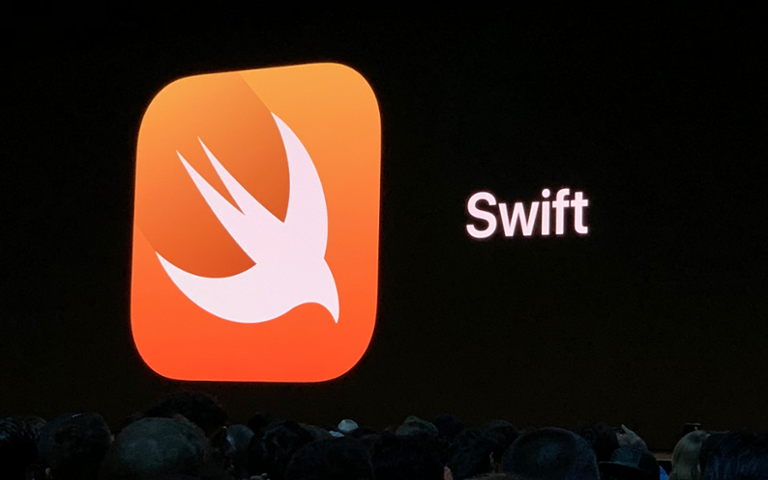According to new data surrounding iOS 13, Apple’s use of its Swift programming language has more than doubled within its operating system. That’s fantastic news for iOS developers, but are those same technologists following Apple’s lead and actually using Swift?
Developer Alexandre Colucci has been tracking Swift’s use in iOS versions since the language was first introduced (which coincided with iOS 8.4.1). At the time, iOS was still completely reliant on Objective-C. Colucci tracks the number of binaries using the newer language, which “might contain a single line of Swift code and are not necessarily entirely written in Swift.”
All told, 141 binaries in iOS 13.1 used Swift, more than double the 66 binaries using the language in iOS 12. Colucci lists all the binaries utilizing the language, which is telling: Many new or updated services, such as Sidecar or Find My, use Swift in distinct ways, suggesting Apple’s own engineering teams are using the language more frequently for new projects internally.
iMessage also uses the language, and so does the new-look Books app. Calculator, which was the first app to utilize Apple’s language in iOS 9, is still using it, too. Music and Podcasts both have a healthy dose of Swift, as well.
There are also a ton of core libraries accessing Swift, plus many private frameworks for various services such as News and Stocks. Reminders and Health, both redesigned for iOS 13, have heavy dollops of the language. (Speculatively, we wonder if Reminders and Health are also SwiftUI apps; they look and act the part.)
In a survey of developers, JetBrains found 53 percent of “Swift and Objective-C developers” are Swift-only, with an additional 31 percent coding in both languages. Only 15 percent are holding out on making the move to Swift. Of that crowd, 61 percent say “most of” their codebases are in Swift, with 24 percent saying they use both languages in their code, but favor Objective-C.
Though Apple has doubled down on its use of the language, Colucci didn’t note how many total binaries are in iOS 13.1, so we don’t have a wide-angle view of how prevalent Swift really is within the operating system. Again, using the language doesn’t mean the binary is full of Swift, so it’s impossible to know total usage.
Each iteration of Swift has made further use of the language possible, and the recent release of version 5.1 is no exception. A major feature, module stability, makes it “possible to create and share binary frameworks that will work with future releases of Swift.” Like every other release of the language since version 3, it’s a line in the sand that makes future versions more stable and usable, but older versions less attractive.
Examining Colucci’s charting further, we find Swift and iOS really began their true melding with iOS 11.1, which had 32 binaries using the language compared to seven in iOS 10.1. Version 11 was released in September 2017, around the time Swift 4 was released. As we noted, Swift 3 was a turning point, making backwards compatibility almost impossible. In that vein, Swift 4 was the first stable, major release of the language, which is why we’ve seen its use in iOS increase two-fold every year since.
Expect more of the same moving forward. Apple made a big bet with SwiftUI, saying it’s now the favored user interface paradigm for its various platforms... especially for cross-platform apps. If apps such as Health and Reminders are any indication, the future of iOS, tvOS, macOS, watchOS, and iPadOS rely on Swift.
If there’s a new countdown, it’s how long it will take Apple and its developer ecosystem to significantly discontinue use of Objective-C. We can’t see the language disappearing any time soon, but we also wouldn’t be surprised if Apple announced iOS 15 was “mostly” Swift.


